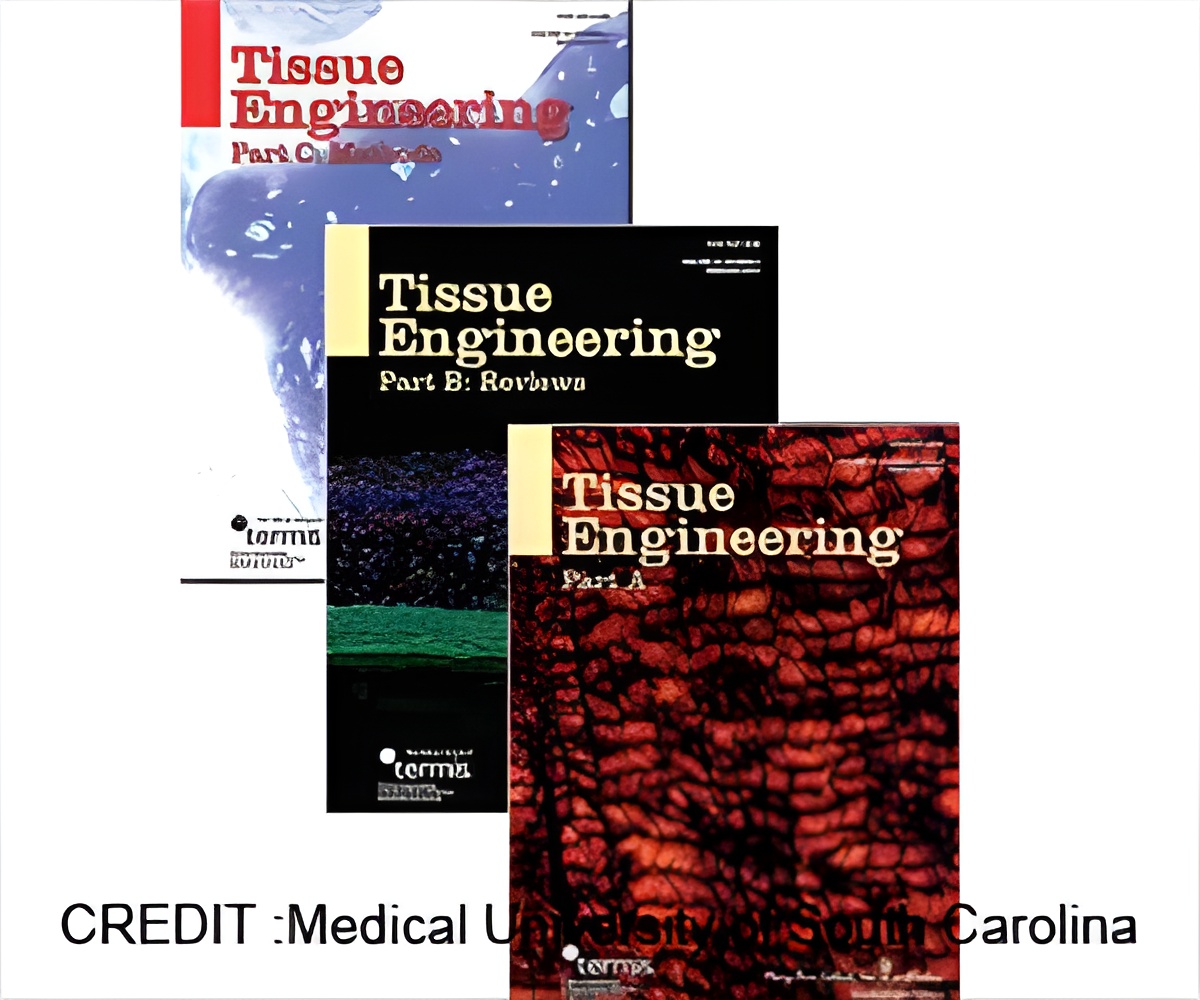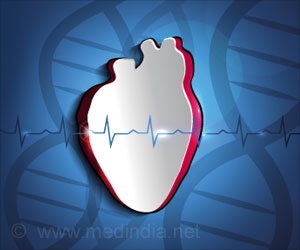A minimally invasive method that involves spray painting biomaterial onto the heart may promote cardiac repair, reveals study.

‘Newly designed cardiac patch by spraying biomaterials may promote cardiac repair after myocardial infarction.’





Junnan Tang, Adam Vandergriff, and coauthors from University of North Carolina at Chapel Hill and UNC Eshelman School of Pharmacy, North Carolina State University and NC State College of Veterinary Medicine (Raleigh), The First Affiliated Hospital of Zhengzhou University (China), and Soochow University (Suzhou, China) report on the materials used to form the platelet fibrin gel and the delivery method they used.In the article entitled "A Regenerative Cardiac Patch Formed by Spray Painting of Biomaterials Onto the Heart," the researchers showed that the sprayed-on materials were non-toxic to the heart muscle, would adhere to the heart and degrade over time, and could release a variety of growth factors to promote cardiac repair.
"The spray painting method, as described in this manuscript, is an excellent example of how tissue engineering has evolved since the 1990s," says Methods Co-Editor-in-Chief John A. Jansen, DDS, PhD, Professor and Head, Department of Biomaterials, Radboud University Medical Center, The Netherlands. "The described delivery method is easy to apply in clinics and shows significant potential for patient treatment."
Source-Eurekalert















